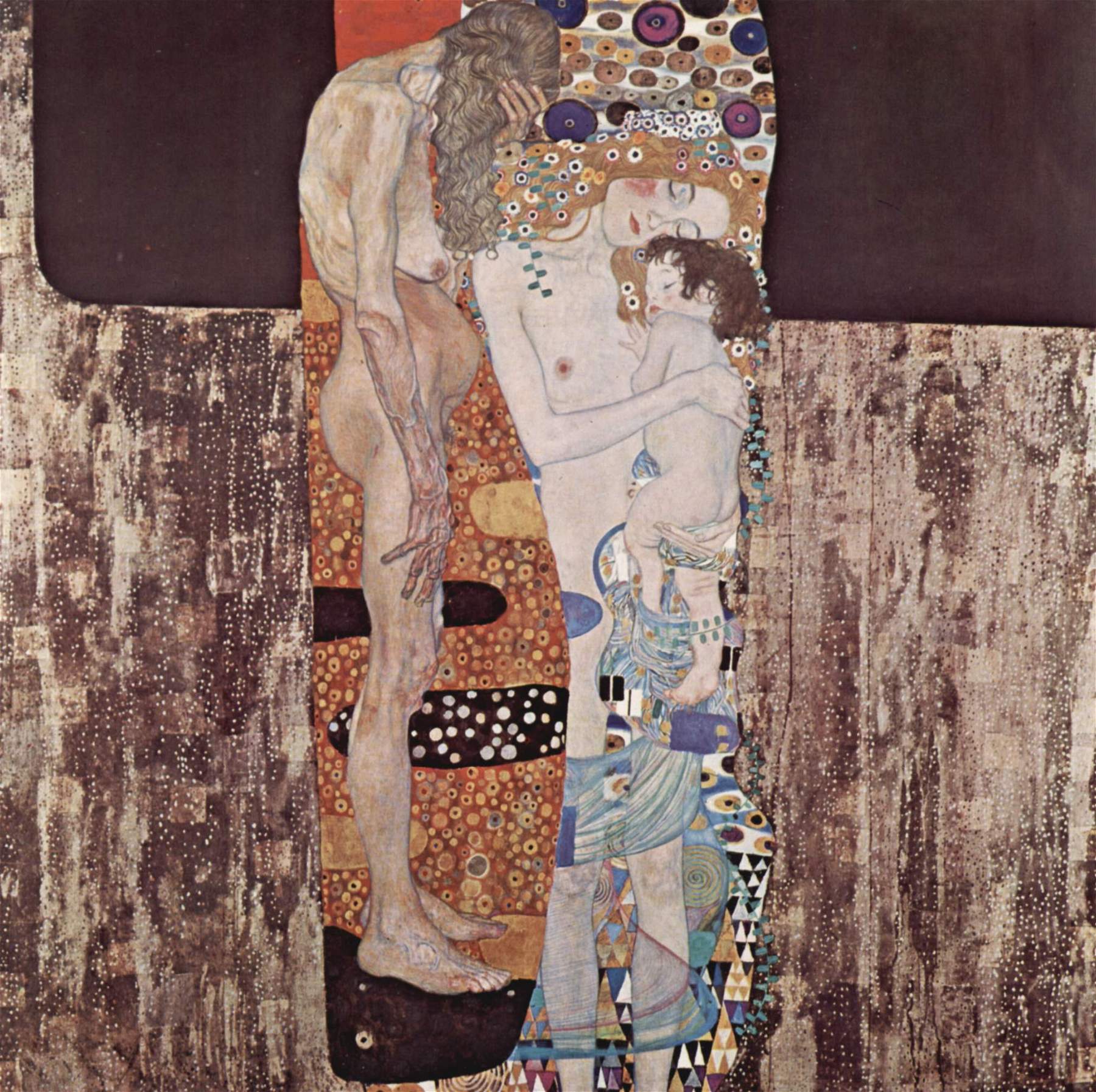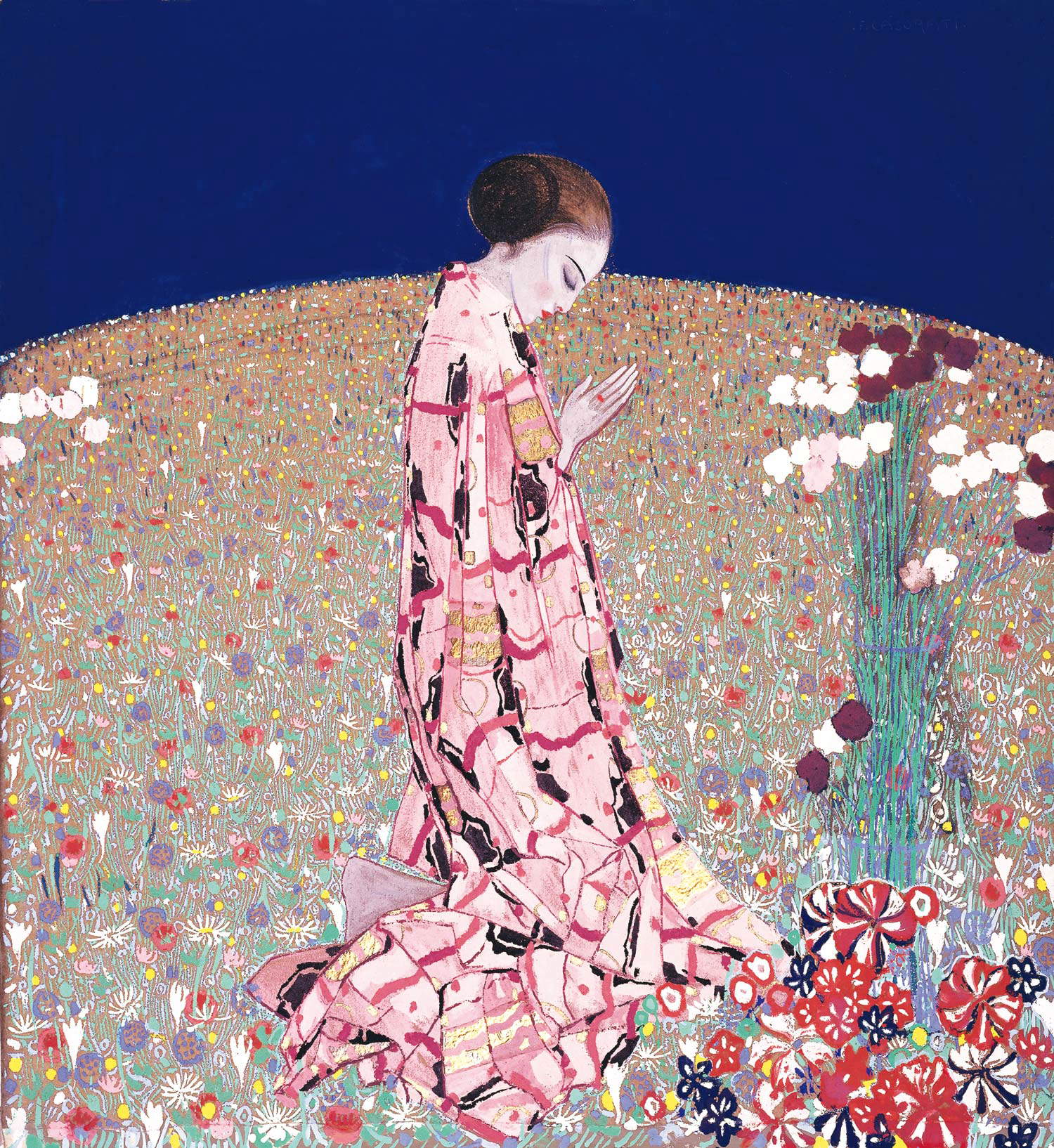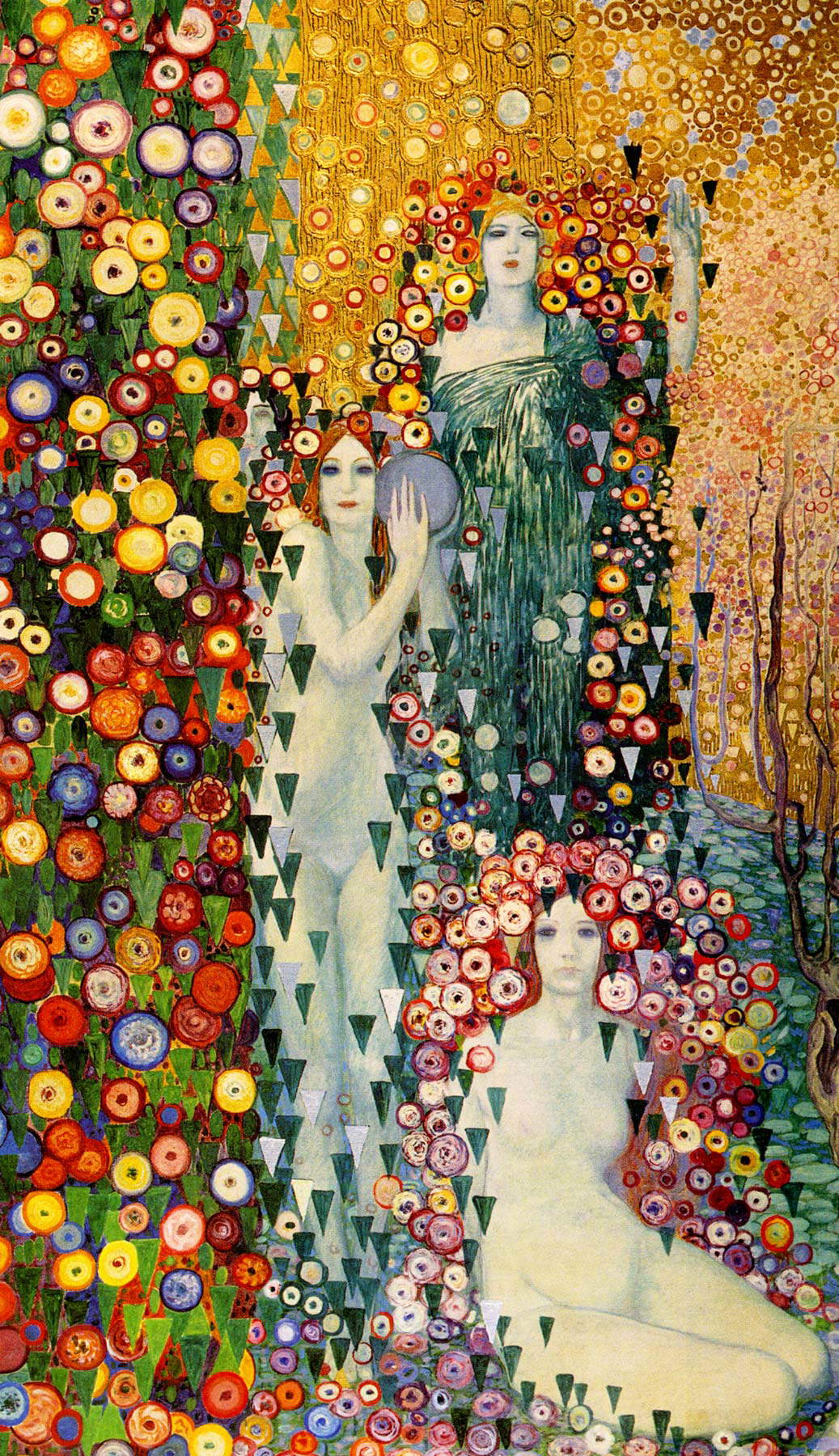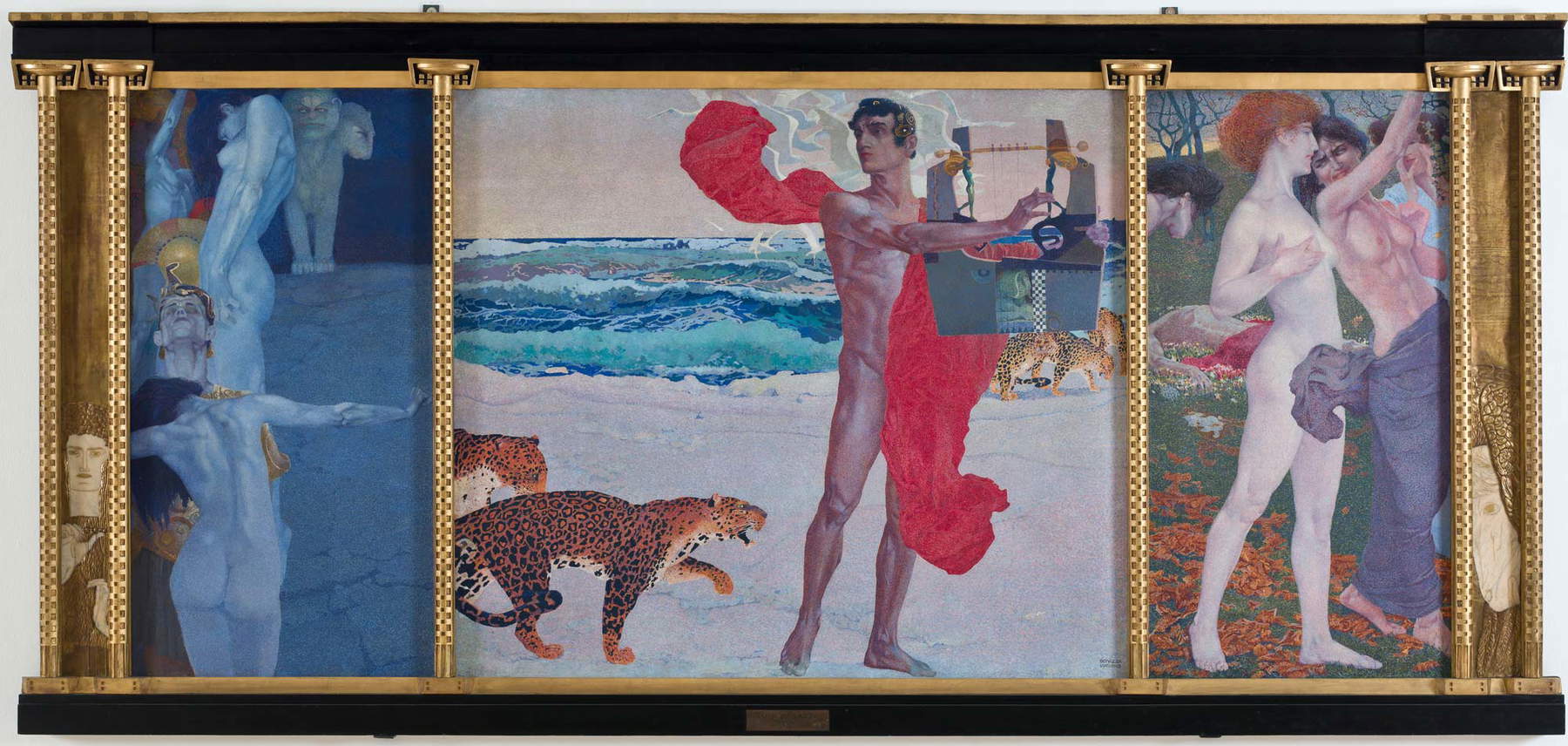From March 15 to June 18, 2023, two of the three Italian works by Gustav Klimt (Baumgarten, 1862 - Vienna, 1918), Judith II from the Galleria Internazionale d’Arte Moderna di Ca’ Pesaro in Venice, and The Three Ages from the Galleria Nazionale d’Arte Moderna e Contemporanea in Rome, will be exceptionally reunited at the Mart in Rovereto , works that testify to the Austrian master’s passage and spiritual legacy in Italy. Around this pair develops the first exhibition on Klimt’s influence on the great masters of the early 20th century, such as Felice Casorati, Adolfo Wildt, Vittorio Zecchin, and Luigi Bonazza. The exhibition, titled Klimt and Italian Art, the brainchild of Vittorio Sgarbi, is curated by Beatrice Avanzi. At the height of his career, Klimt, the father of the Viennese Secession, participated in the 1910 Venice Biennale and the 1911 International Exhibition in Rome, organized on the occasion of the 50th anniversary of the unification of Italy. Klimt’s highly personal and innovative style influenced an entire generation of artists who, between the 1910s and 1920s, ended up profoundly renewing their own language.
Following these international exhibitions and confirming Klimt’s success in the Belpaese, two absolute masterpieces were acquired by important public collections: the City of Venice allocated Judith II to the International Gallery of Modern Art at Ca’ Pesaro; The Three Ages of Woman, on the other hand, went to enrich the holdings of the National Gallery of Modern Art in Rome, thanks to an acquisition by the Ministry of Education. Several years later, in 1925, a Portrait of a Lady was acquired by the Ricci Oddi Gallery in Piacenza and is still in their possession, the protagonist of a recent exhibition after it was found following theft in 1997.
Judith II and The Three Ages are now recognized as icons of Klimt’s influence, particularly in the cultural geographies of the northeast. Exceptionally together in Rovereto, the two masterpieces constitute the pivot around which Klimt and Italian art revolves. The exhibition examines, for the first time comprehensively, the work of Italian painters and sculptors whose work was inspired by that of Gustav Klimt and the Secession. Almost magical and circumscribed in time, this moment in art history diverges from the great and better-known currents, such as the Avant-gardes, and precedes the Return to Order and postwar trends. Through about 200 works from important public and private collections, the Mart aims to illustrate a varied and complex panorama, in which different disciplines-from painting to decorative arts-coexist under the sign of a recognizable sumptuous, seductive and decadent taste.
The exhibition presents about 40 artists including painters active in Venice, such as Vittorio Zecchin the so-called “Italian Klimt” or the young “dissidents” of Ca’ Pesaro, such as Felice Casorati; without forgetting those involved in the great decorative enterprises of the Biennale, it is the case for example of Galileo Chini. One cannot miss those who by geographical and cultural proximity were particularly close to the climate of the Secessions, such as Vito Timmel from Trieste or Luigi Bonazza, Luigi Ratini and Benvenuto Disertori from Trento. Austrian and Germanic atmospheres also inevitably inspired the work of sculptor Adolfo Wildt, called by critics “the Klimt of sculpture.”
Although with their gaze turned to the Nordic language, to the Vienna and Munich Secessions, the Italians reworked the Klimtian influence in an autonomous and original way: the references are visible in the decorations, lines, colors and style that ends up blending with local artistic characteristics, allowing the birth of new research.
Moreover, Klimt himself, in what the exhibition curator illustrates in the catalog as a "dazzling short-circuit,“ was in turn heir to the Italian tradition. Indeed, it is well established that some of his best-known works were created as a result of frequent trips to Italy during which he visited St. Mark’s Basilica and the mosaics of Ravenna, which inspired the golds, the decorations, and the two-dimensionality. If Klimt ”actualizes and transforms into a revolutionary syntax the indelible impressions derived from the artistic tradition of our country,“ the artists he influences ”with an unparalleled power of seduction" contribute to the delineation of a unique and precious parenthesis on which light is finally beginning to be shed.
The exhibition is open Tuesday through Sunday from 10 a.m. to 6 p.m., Fridays until 9 p.m. Closed Mondays. Admission with Mart ticket: full 11 euros, reduced 7 euros, free for under 14. For more information you can visit the Mart website.





 |
| Mart reunites two Klimt masterpieces and dedicates exhibition to his influence on Italy |
Warning: the translation into English of the original Italian article was created using automatic tools. We undertake to review all articles, but we do not guarantee the total absence of inaccuracies in the translation due to the program. You can find the original by clicking on the ITA button. If you find any mistake,please contact us.